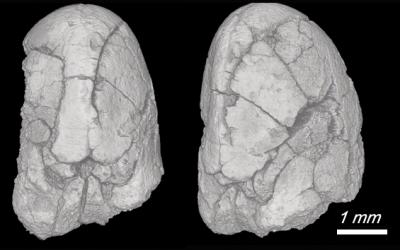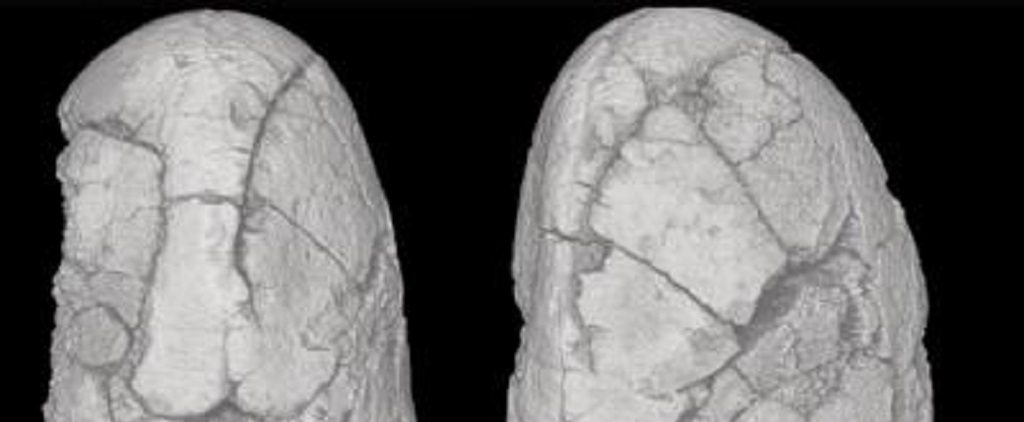[dropcap style=”font-size:100px; color:#992211;”]T[/dropcap]
he search for the wild fava bean takes on Indiana Jones proportions.
Pretty sure you can get ’em in Tescos by the bag.
Like all food crops, the faba, or fava, bean – a nutritious part of many the diet of many cultures diets – had a wild ancestor. Wild faba is presumed to be extinct, but Weizmann Institute of Science researchers have now identified 14,000-year-old remains of seeds that offer important clues as to the time and place that this plant grew naturally. Understanding the ecology of the wild plants’ environment and the evolution they underwent in the course of domestication is crucial to improving the biodiversity of the modern crop. The findings were reported in Scientific Reports.
Dr. Elisabetta Boaretto, head of the “Timing of Cultural Changes” track of the Max Planck-Weizmann Center for Integrative Archaeology and Anthropology, and Dr. Valentina Caracuta, a former postdoctoral fellow in Boaretto’s group who is currently a researcher at the University of Salento-Italy, had previously shown that the 10,200-year-old faba beans discovered in three archaeological sites in Lower Galilee were the earliest faba bean ever domesticated.
The new finding – faba seeds from an archaeological site, el-Wad, on Mount Carmel in Northern Israel – came from the earliest levels of an excavation that had been carried out by Profs. Mina Evron and Daniel Kaufman, and Dr. Reuven Yeshurun, all of Haifa University. The people living at that time, the Natufians, were hunter-gathers, and thus the plants there were growing wild. Boaretto and Caracuta performed radiocarbon dating and micro X-ray CT analysis on the preserved pieces of bean to pinpoint their age and identify them as the ancestors of the modern fava bean.
“Sometime between 11,000 and 14,000 years ago, people in this region domesticated faba – around the same time that others farther north were domesticating wheat and barley,” says Boaretto. Faba, a nutritious legume, is eaten around the world; in some places it is used for animal feed; and it fixes nitrogen in the soil. “Understanding how this plant was adapted to the habitat of the Carmel 14,000 years ago can help us understand how to create new modern varieties that will better be able to withstand pests and tolerate environmental stress,” she says.
This research is supported by by the Max Planck-Weizmann Center for Integrative Archaeology and Anthropology “Timing of Cultural Changes”; and the Exilarch Foundation for the Dangoor Research Accelerator Mass Spectrometer. The faba bean sample was dated at the Dangoor Research Accelerator Mass Spectrometer D-REAMS, Weizmann Institute of Science.
The Weizmann Institute of Science in Rehovot, Israel, is one of the world’s top-ranking multidisciplinary research institutions. Noted for its wide-ranging exploration of the natural and exact sciences, the Institute is home to scientists, students, technicians and supporting staff. Institute research efforts include the search for new ways of fighting disease and hunger, examining leading questions in mathematics and computer science, probing the physics of matter and the universe, creating novel materials and developing new strategies for protecting the environment.
Source: Eurekalert/Weizmann Institute of Science
Image: Weizmann Institute of Science

Some of the news that we find inspiring, diverting, wrong or so very right.




















